Apple Watch: Will anyone actually wear it?
The Apple Watch was finally unveiled during the iPhone 6 launch, but will anyone want to wear one?
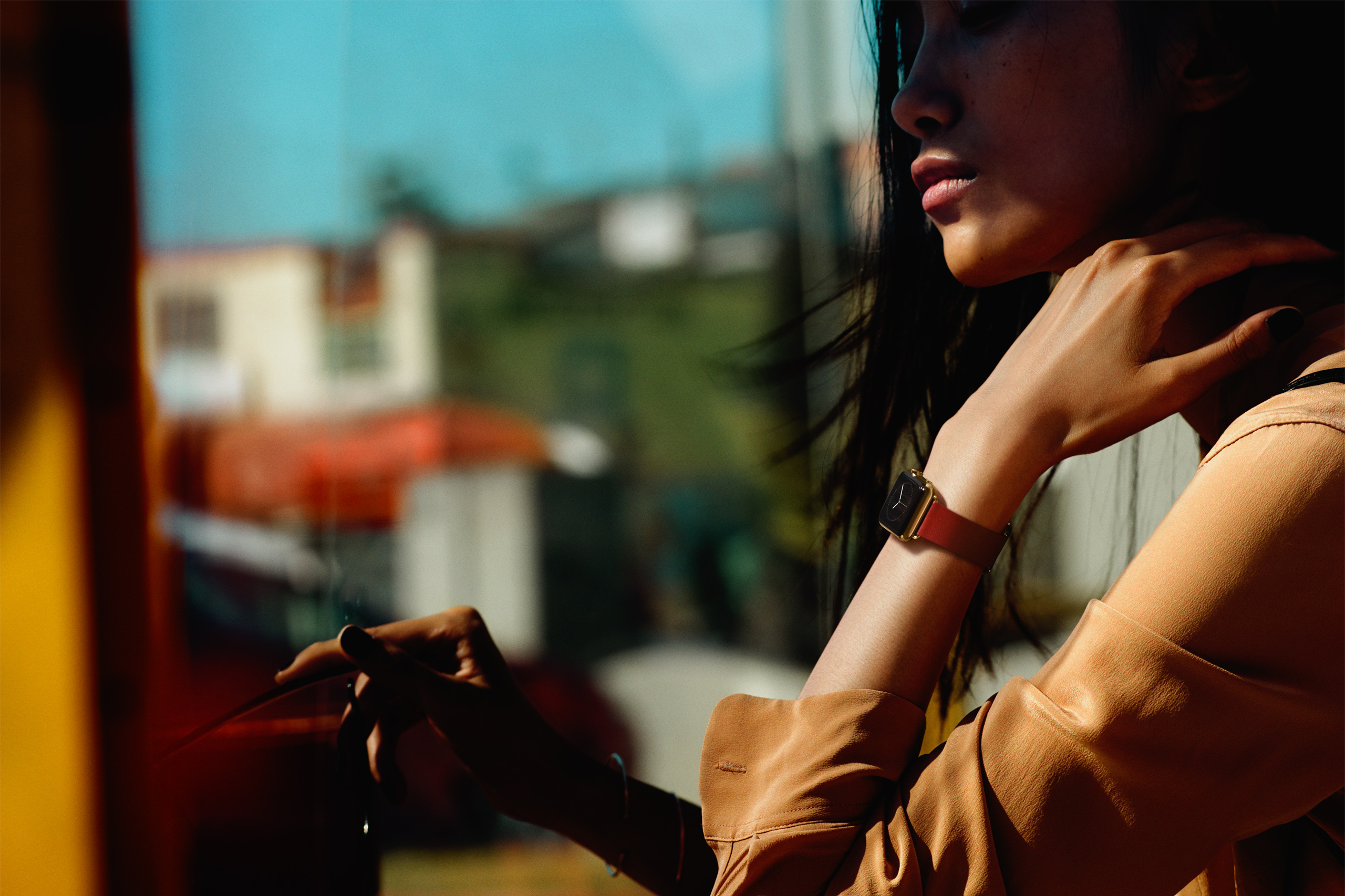

Late to the party, Apple has finally entered the wearable tech game, launching its Apple Watch at its 9 September event to a crowd of anticipatory technology enthusiasts, Apple devotees and for the first time fashion bloggers and journalists.
It was significant precisely because it was a first, and virtually confirmed the presence of the Watch (previously known as the iWatch) before the event begun. It's the company's first toe dipped in the water of wearables and smartwatches, with its competitors having already gone through a lot of trial and error in preparation for the sector's mainstream explosion.
The event, perhaps coincidentally, also took place right in the middle of New York Fashion Week, with style journalists and bloggers already on high alert for the new and the innovative. The event has been more tech-focused than usual even without intervention from Apple, as Intel and Opening Ceremony also unveiled their MICA smart bracelet last week.
The bracelet is notable for being designed as a fashion accessory first and tech device second, which is also how Apple has chosen to present the Watch.
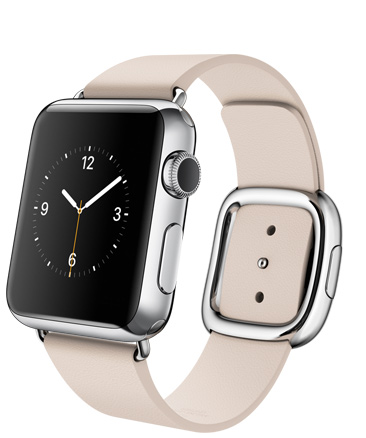
Tim Cook, CEO of Apple, took the stage on Tuesday, saying of the company's new device: "We set out to make the best watch in the world. We've been working incredibly hard for a long time on an entirely new product. And we believe this product will redefine what people expect from its category."
With three varieties a standard Apple Watch, the Apple Watch Sport and the high-end Apple Watch Edition the company has seemingly approached the launch in a completely different way. These watches haven't been designed with tech-heads in mind, though they sport some impressive features, but rather they're actively targeting sceptics and newcomers those who have previously dismissed wearables as clunky and obtrusive.
Starting from $349 (217), the Apple Watch will still be a luxury item a status symbol that only becomes more remarkable when you consider it must be paired with an iPhone in order to work. The decision to introduce three separate models with varying price points also supports this.
Get the ITPro daily newsletter
Sign up today and you will receive a free copy of our Future Focus 2025 report - the leading guidance on AI, cybersecurity and other IT challenges as per 700+ senior executives
Jeremy Davies, CEO of Context, told IT Pro ahead of the event: "It's one thing to have a single killer product in a relatively new area that you can dominate, [but another] fighting to compete with a host of imitators all doing it at much lower prices, while still searching for the next big thing.
"If wearables are going to be the next growth consumer IT product, Apple has to be there with a product that may not invent the sector, but redefines it the way the iPod and original iPhone have done."
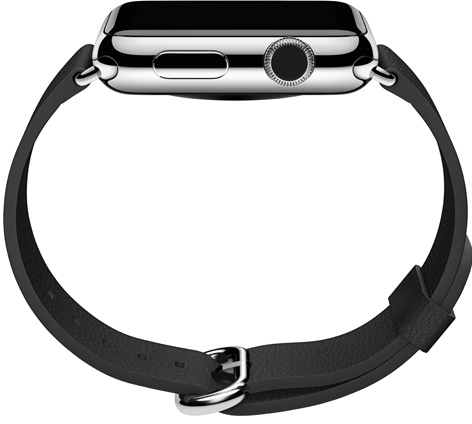
Back in July, Beecham Research released a report that urged the fashion and technology industries to combine efforts in order to remove the barrier between cutting-edge technology and widespread adoption.
The report focused on the importance of image, branding and consumer needs in addition to functionality and impressive specifications, with Saverio Romeo, principle analyst and co-author, saying of the company's entering the wearables sector for the first time:"These are technology-focused individuals. They produce some fantastic technology-based ideas, but they do not consider any other consideration that they should do as a company.
"I'm talking business models who's going to want to buy this device? Where are you going to sell this device? This is a strong limitation."
The most high-profile example of a supposedly game-changing device being rejected because of negative perception was Google Glass, which spawned the unflattering nickname Glasshole' for its early adopters and more or less destroyed any chance of the wearable smartglasses becoming as ubiquitous as promised in the near future.
Claire Duke Wooley, fashion technology analyst at Beecham research, said in July: "There is a real difference between making technology wearable versus making technology products that are desirable and genuinely engage with consumers through good design practice.
"The market is still wide open for trail blazing products that deliver desire, image and perceived value," she added. "And it is greater knowledge share between the technology and fashion industries that is the key to success."
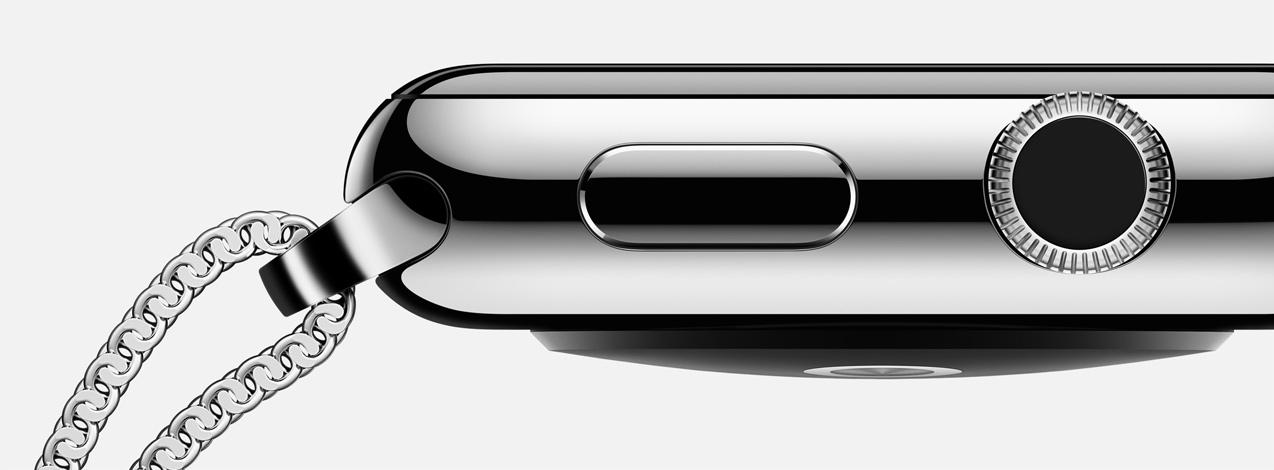
But it seems that the market is no longer as wide open as it was before Apple's announcement, with its smartwatch entrant apparently combining all of the elements outlined in Beecham's report. If anyone can do desirable, after all, it's Apple.
"The interchangeable straps options and multiple cases and sizes shows they've thought more about the fashion and jewellery elements compared to their competitors," Paul Jackson, principle analyst at Ovum, told IT Pro. "This watch, along with the Moto 360 and LG G Watch R finally offer something non-techies might consider wearing.
"The four smart watches we've seen announced over the past few weeks Samsung Galaxy S, Apple Watch, Moto 360, LG G Watch R really represent an optimistic second wave of devices that, while still flawed, point to a genuinely useful category of devices emerging over the next 18 months."
So many existing examples of smartwatches, fitness bands and other wearable devices have failed to take off for consumers and businesses in the way tech companies hoped for but, with Apple now coming in to upset the game, will the Apple Watch be the item that finally breaks through?
Its unwavering focus on impressing fashion gurus and influencers as well as the tech-savvy and the already-devoted suggests that, yes, it just might.
It's an imperfect product that still has some convincing to do, and it's not as revolutionary in terms of design as many were expecting but, in a sector where perceived value is the key, Apple's decision to combine fashion and tech in a way others refuse to could be a game-changer.
Caroline has been writing about technology for more than a decade, switching between consumer smart home news and reviews and in-depth B2B industry coverage. In addition to her work for IT Pro and Cloud Pro, she has contributed to a number of titles including Expert Reviews, TechRadar, The Week and many more. She is currently the smart home editor across Future Publishing's homes titles.
You can get in touch with Caroline via email at caroline.preece@futurenet.com.
-
 Bigger salaries, more burnout: Is the CISO role in crisis?
Bigger salaries, more burnout: Is the CISO role in crisis?In-depth CISOs are more stressed than ever before – but why is this and what can be done?
By Kate O'Flaherty Published
-
 Cheap cyber crime kits can be bought on the dark web for less than $25
Cheap cyber crime kits can be bought on the dark web for less than $25News Research from NordVPN shows phishing kits are now widely available on the dark web and via messaging apps like Telegram, and are often selling for less than $25.
By Emma Woollacott Published
-
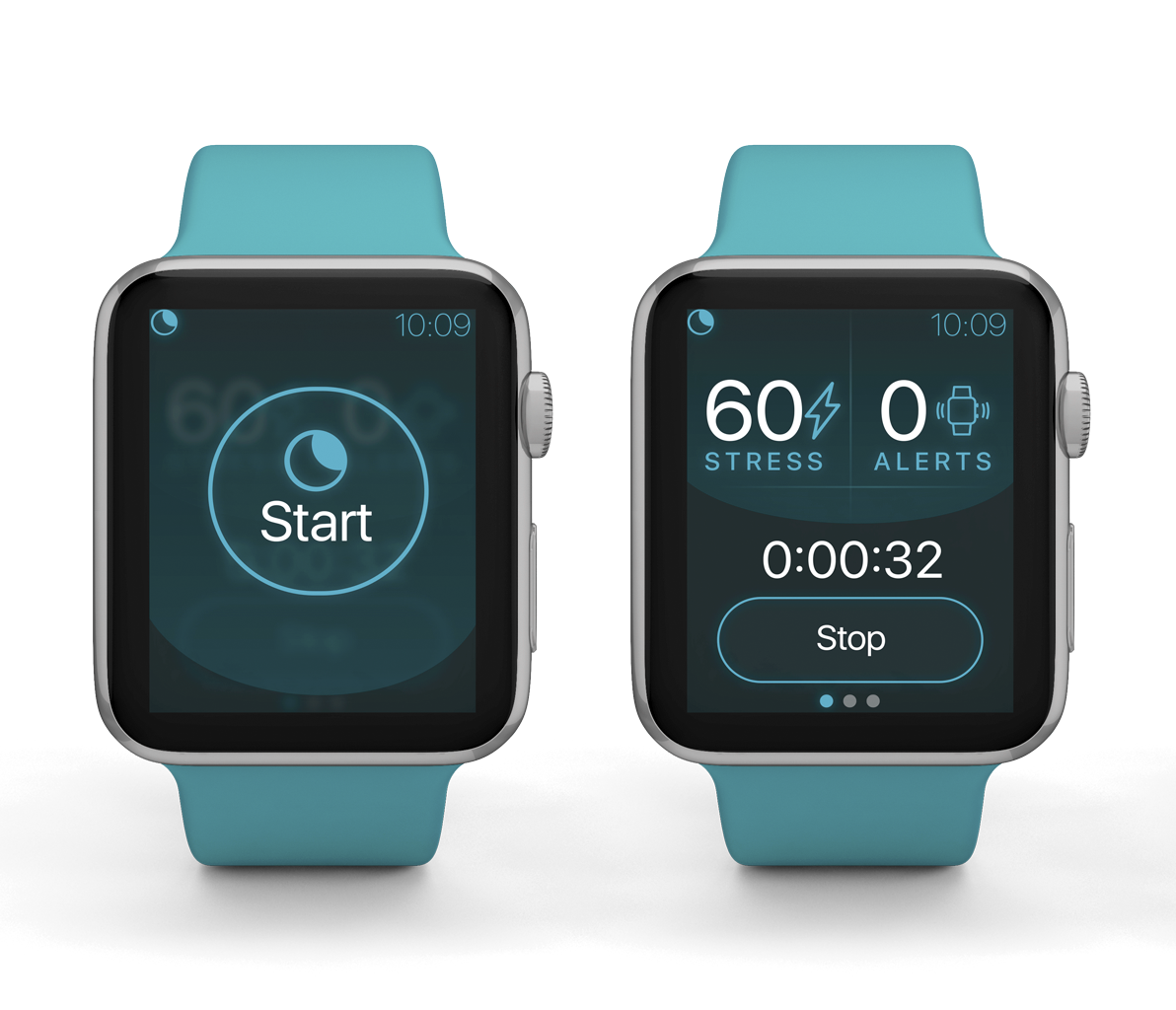 FDA approves Apple Watch app that helps people with PTSD sleep better
FDA approves Apple Watch app that helps people with PTSD sleep betterNews The FDA designated NightWare a Breakthrough Device, expediting its development and review
By Tyler Omoth Published
-
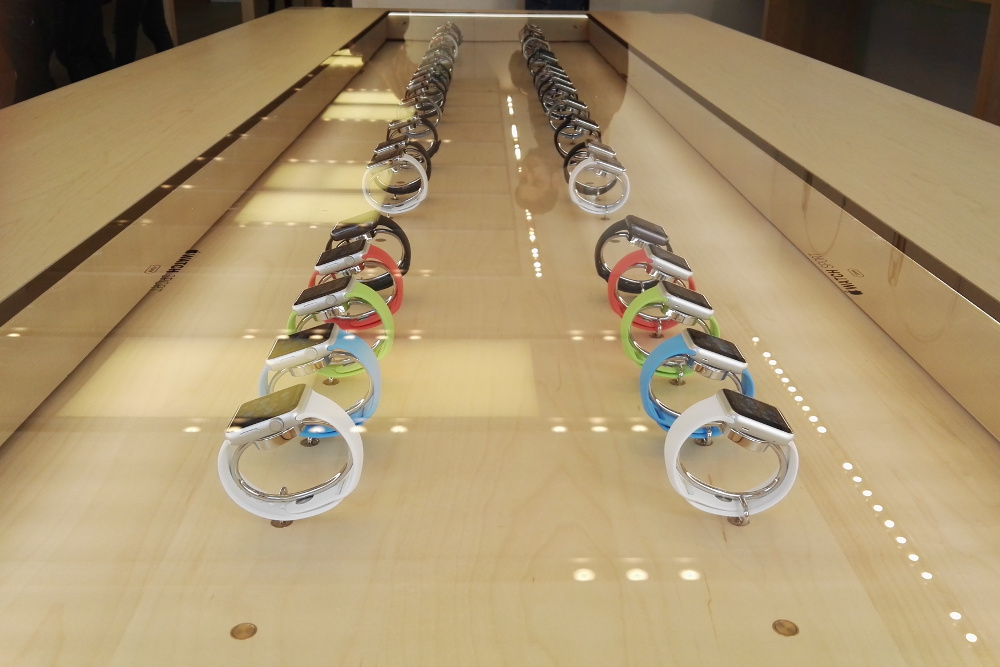 Smartwatch security threats: The sky isn’t really falling
Smartwatch security threats: The sky isn’t really fallingOpinion Wearables are too young to pose a real threat to data security, says Davey Winder
By Davey Winder Published
-
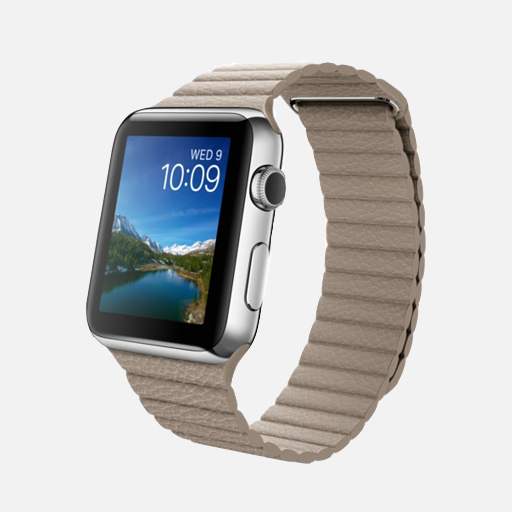 Apple appoints Jeff Williams as COO
Apple appoints Jeff Williams as COONews Phil Schiller’s responsibilities expand to include management of App Store across platforms
By Clare Hopping Published
-
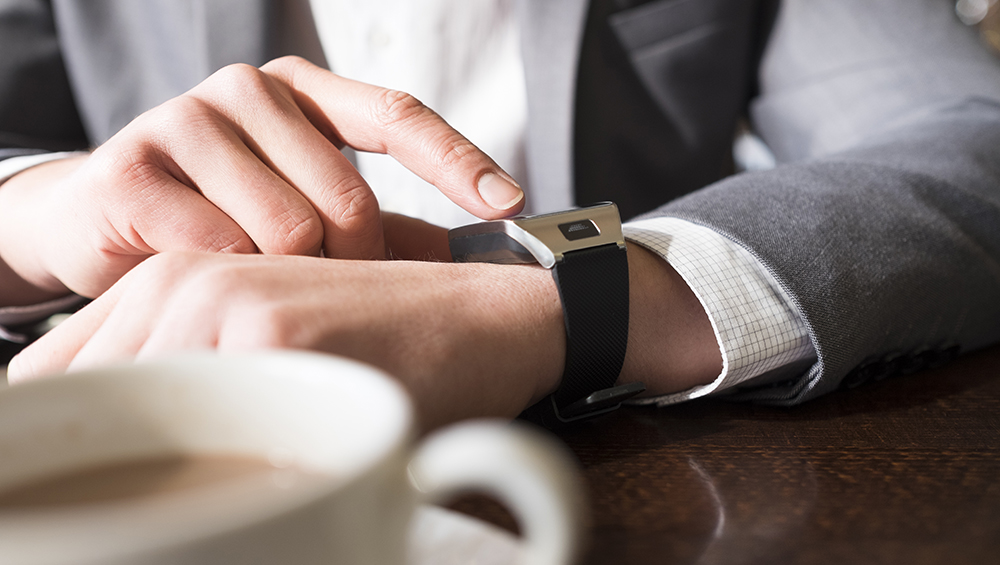 Chinese vendors storm worldwide wearables market
Chinese vendors storm worldwide wearables marketNews However, Fitbit and Apple lead the charge with its wrist-mounted devices
By Clare Hopping Published
-
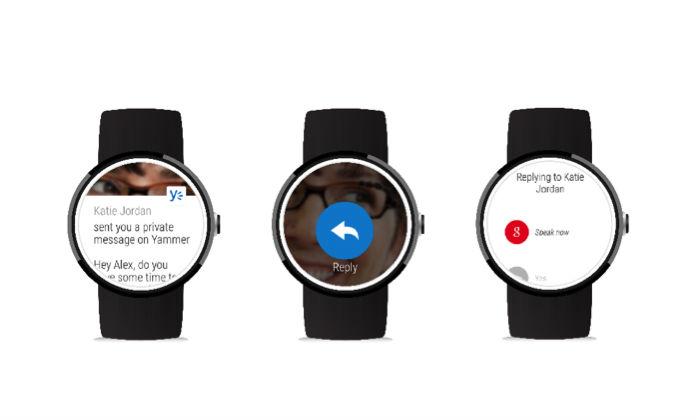 Google confirms Android Wear app for iOS
Google confirms Android Wear app for iOSRumours Google has announced an Android Wear app for iOS, confirming previous rumours
By Caroline Preece Published
-
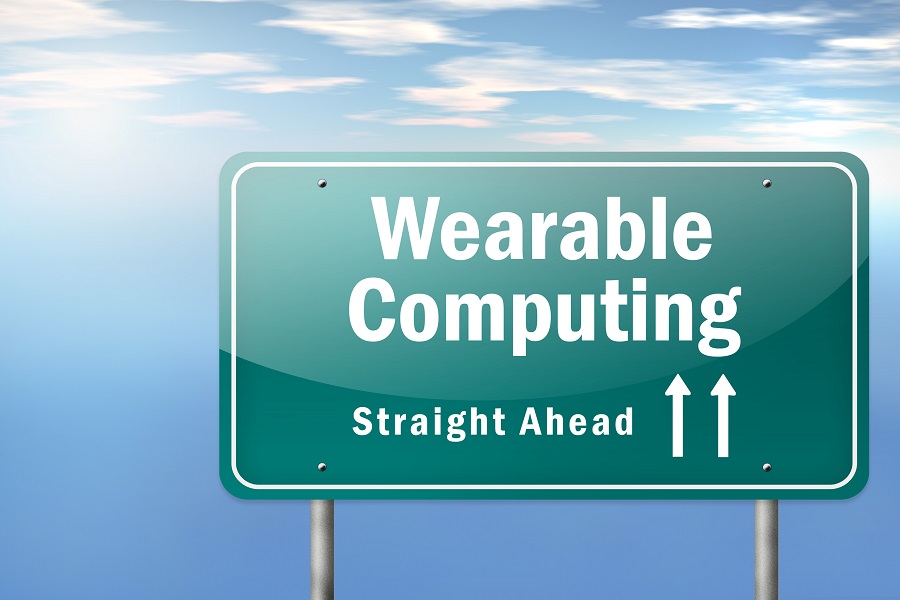 Apple Watch takes on FitBit in wearables chart
Apple Watch takes on FitBit in wearables chartNews The company is second only to fitness band maker FitBit, according to latest IDC figures
By Clare Hopping Published
-
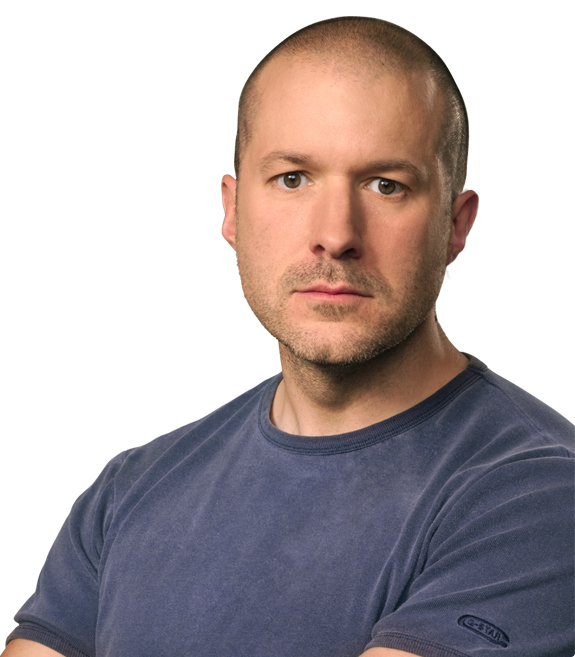 Apple promotes Jony Ive to chief design officer
Apple promotes Jony Ive to chief design officerNews Here's what the iPhone, iPad and Apple Watch designer will do in his new role
By Caroline Preece Published
-
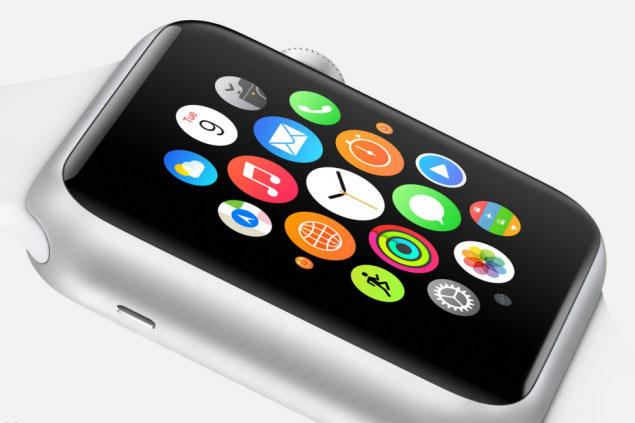 Apple Watch will be the birthplace of the killer app for business: Citrix CEO
Apple Watch will be the birthplace of the killer app for business: Citrix CEONews Simple developer platform will encourage greater experimentation, says Mark Templeton
By Jane McCallion Published